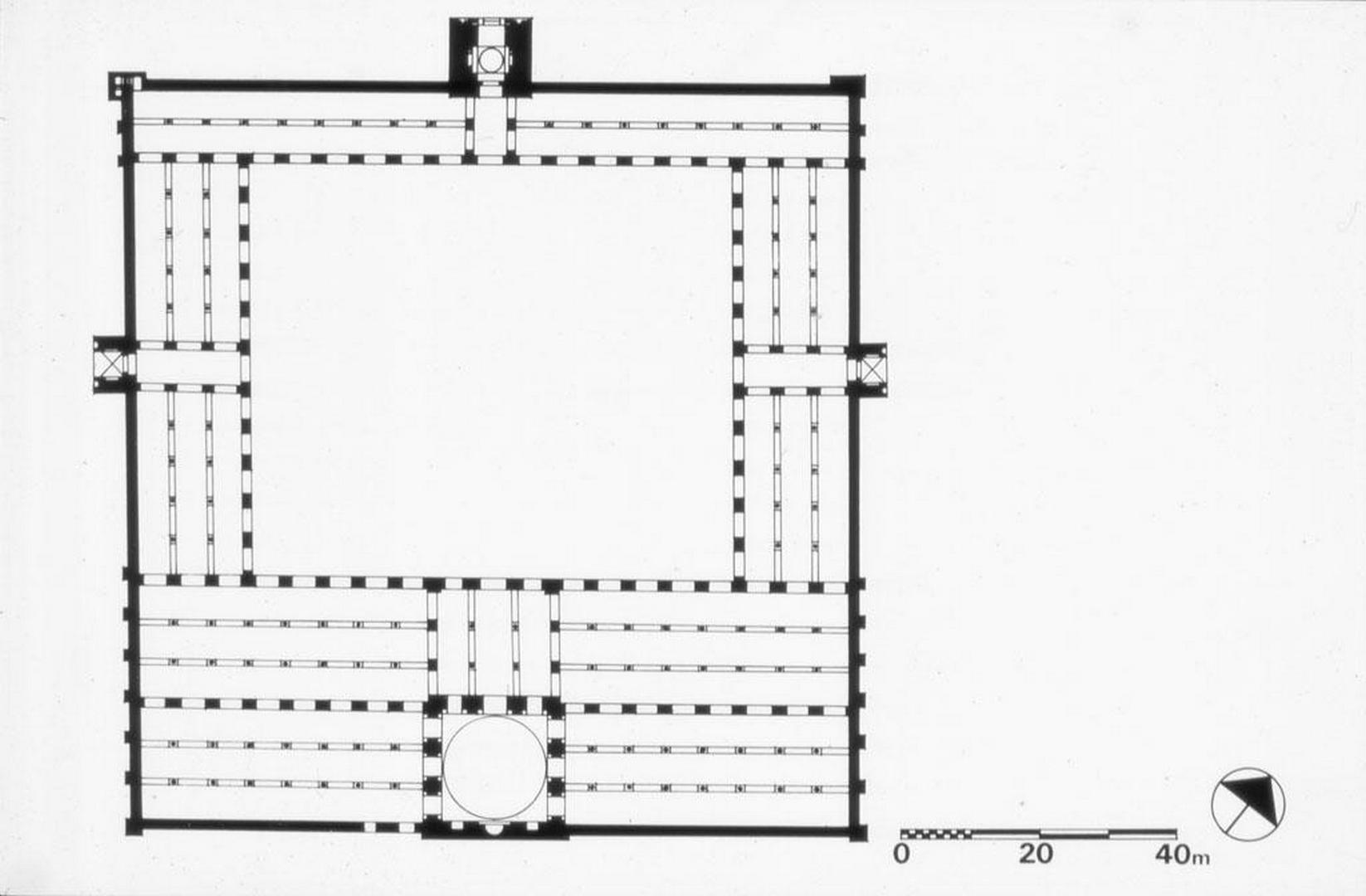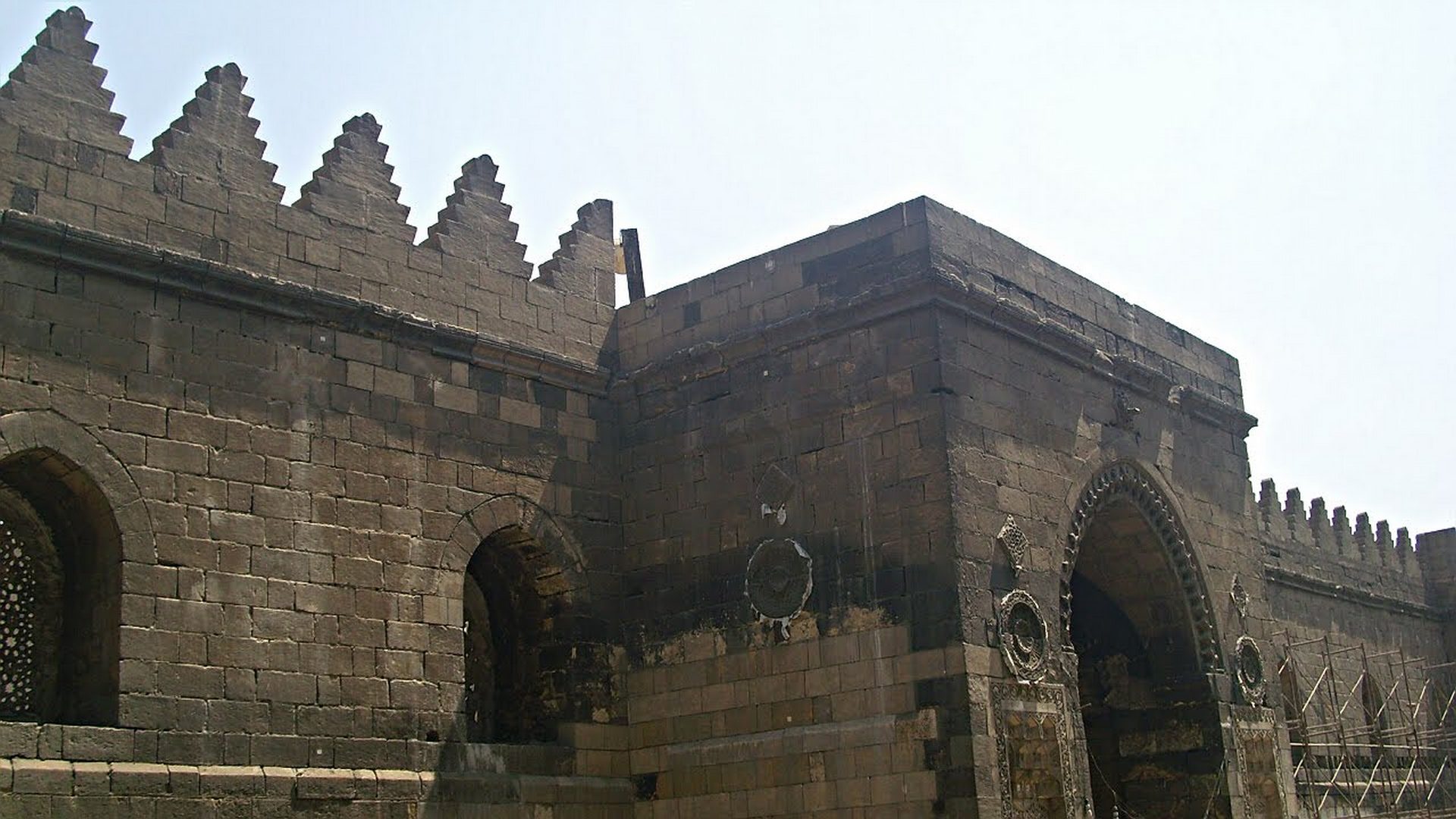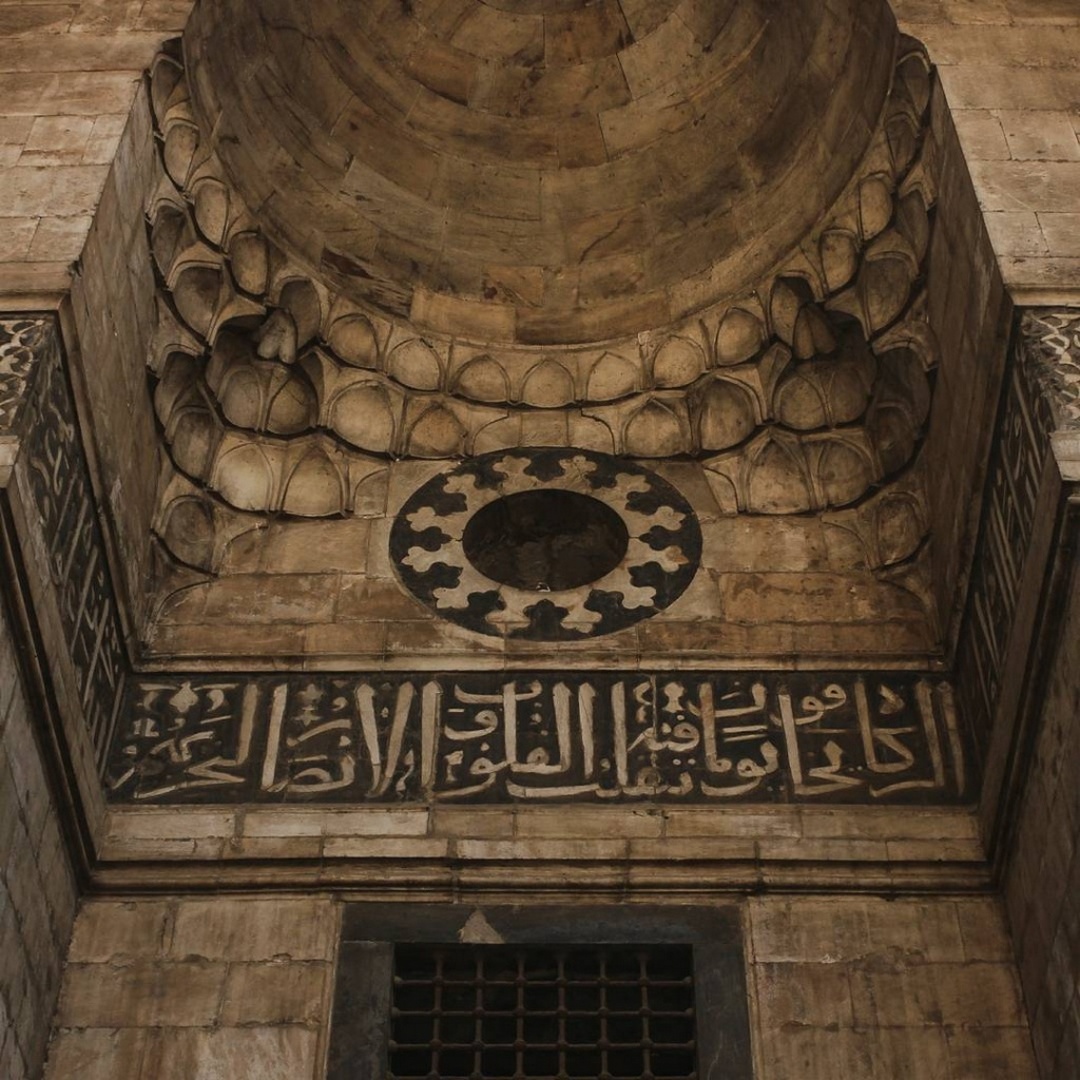Description
Property Name: Mosque of az-Zahir Baybars
Inventory No: 20-2-8
Date of infill of the inventory form: 2007-12-17
Country (State party): Egypt
Province: Cairo
Town:
Geographic coordinates: 30° 3′ 44.44″ N
31° 15′ 48.99″ E
Historic Period: Bahri Mamluk (1250-1382)
Year of Construction: 1266-1269
Style:
Original Use: Mosque
Current Use: Mosque
Architect: Unknown
Significance
This mosque is the first Mamluk Friday mosque and it was constructed outside the northern walls of Cairo. It is a rectangular hypostyle mosque with a large courtyard in the middle. According to the contemporary historians, this mosque was the same size as the mosque of Amr ibn al-As. The mihrab niche is covered with a dome, larger than the previous mosques, which is the most important development of this mosque.
Selection Criteria
vi. to be directly or tangibly associated with events or living traditions, with ideas, or with beliefs, with artistic and literary works of outstanding universal significance
State of Preservation
The mosque was restored during the dynasty of al-Malik az-Zahir Djakmak, in 15th century. During the French occupation the mosque suffered a lot of damage and it was converted to a fortress. In 1799, under Muhammad Ali Pasha, the mosque was converted to a soap factory. During the Britsh occupation, the mosque was used as a slaughter house until 1918. Today, only the exterior walls of the mosque remain intact.
Lately, the Antiquities Ministry of Egypt Work to restore the mosque began in 2007 but stopped in 2011. In 2018, restoration Works were started.
References
Ahmad, Mahmud. Concise Guide to the Principal Arabic Monuments in Cairo, Government Press, Bulak, 1939.
Behrens-Abouseif, Doris. The City in Islamic Architecture in Cairo: An Introduction. E.J. Brill, New York, 1989.
Creswell, K.A.C., The Muslim Architecture of Egypt, Volume I and II, Hacker Art Books, New York, 1978.
Michell, George. Architecture of the Islamic World: Its History and Social Meaning. Thames and Hudson, London, 1978.




